On the afternoon of March 9, the Ministry of Agriculture and Rural Development coordinated with the Vietnam Timber and Forest Products Association and the People's Committee of Binh Dinh province to organize the Conference "Meeting of the wood and forest products processing and export industry in the first quarter of 2024". The event is part of the series of activities of the Quy Nhon International Outdoor Fashion Fair 2024 (Q-Fair 2024).
Although exports have shown signs of recovery, there are still many bottlenecks.
According to data from the Department of Forestry (Ministry of Agriculture and Rural Development), in the first two months of 2024, the export value of wood and forest products is estimated at 2.68 billion USD, an increase of 47.4% over the same period in 2023; the import value of wood and wood products is estimated at 355 million USD, an increase of 31% over the same period in 2023. The trade surplus in the first two months of the year is estimated at 2.465 billion USD.
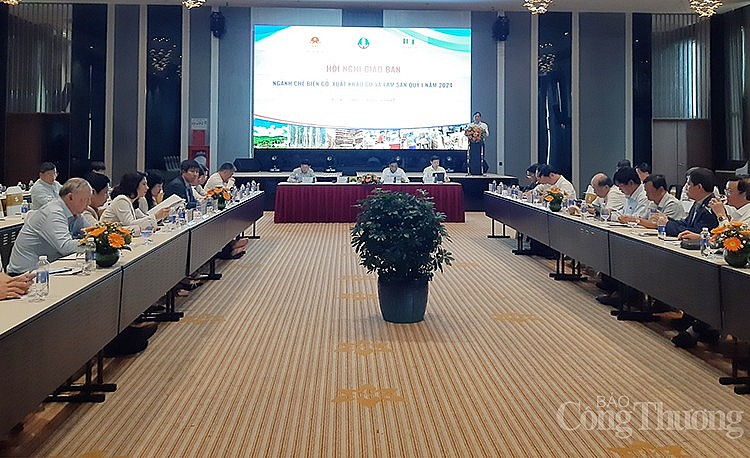 |
| Wood industry meets to discuss removing difficulties and promoting exports in 2024 |
In addition to the achievements, the wood industry is currently facing many difficulties and challenges. Mr. Trieu Van Luc, Deputy Director of the Forestry Department (Ministry of Agriculture and Rural Development) - informed that the impacts from the conflicts between Russia - Ukraine and Israel - Hamas, the instability in the Red Sea are still complicated and unpredictable. In addition, the world inflation situation shows signs of slow decline, consumers continue to tighten spending on non-essential products, including wooden furniture and wood products. The risk of trade fraud and fake origin of goods is increasing; trade competition continues to be complicated.
Some major markets for exporting wood and wood products from Vietnam are increasingly requiring strict control of wood origin to ensure legality, not affecting forest degradation and loss, and green production to reduce greenhouse gas emissions.
Representatives of the wood industry business community shared about the difficulties and obstacles in importing raw wood, processing, exporting wood and wood products, Mr. Do Xuan Lap - Chairman of the Vietnam Timber and Forest Products Association said that in the US market, regulations on the origin of raw wood are increasingly stricter; the US Department of Commerce is amending and supplementing a total of 22 contents related to a number of regulations in anti-dumping and anti-subsidy investigations, including ways to determine a number of new subsidies such as export insurance, debt forgiveness, direct taxes, etc.; the impact of greenhouse gases to supplement trade policy is in the Bill by congressmen requesting the Biden administration to conduct research on emission intensity for the production of certain goods inside and outside the US.
For the EU market, the EU Deforestation Regulation (also known as EUDR) of the European Union will come into effect in December 2024. With the regulations on determining the origin of Vietnamese wood, there are currently no specific regulations. The Indian market applies a new factory assessment standard, the BIS standard, which will be applied in early 2024. Causing difficulties for Vietnamese businesses.
The Canadian market, with a low exchange rate compared to the USD, makes it difficult for Vietnamese goods to compete and the tariff advantage that CPTPP brings to Vietnamese exports will gradually disappear. Meanwhile, the Japanese market increasingly requires that Vietnamese wood and wood products exported to this market use wood with clear origins.
To get the highest value, it is necessary to integrate multiple values.
The picture of the export market is not all gray, according to Mr. Do Xuan Lap, currently some major markets are showing signs of recovery, which has a positive impact on the wood industry. Specifically, the US market is showing signs of recovery with forecast indicators of real GDP increasing by 2.2% in 2024. "A survey at some wood and furniture fairs in early 2024 in the US showed that many customers came to visit and learn" , Mr. Do Xuan Lap informed.
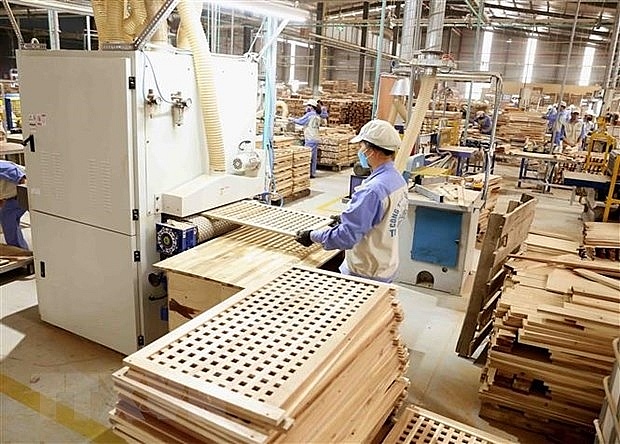 |
| Vietnam has a lot of room to export wood and wood products. |
The Korean market is forecast to grow by 1.4% in 2024. Many Korean companies are actively participating in furniture fairs in Southeast Asia (Indonesia, Malaysia, Vietnam, etc.) to find partners and manufacturers. This may be a sign of recovery in exports to this market.
In the EU market, according to Statista, by 2024 the European furniture market will have a revenue of about 236.8 billion USD, with a compound growth rate of 3.28% (CAGR 2024-2028), the living room furniture segment is estimated to reach 62.73 billion USD by 2024, dominating this market.
In 2024, the wood industry aims to achieve an export value of wood and forestry products of 15.2 billion USD, of which wood and wood products are over 14.2 billion USD, an increase of about 6% compared to 2023. To achieve the set goal, the wood industry still has a lot of work to do.
Grandfather Nguyen Tuan Thanh - Vice Chairman of Binh Dinh Provincial People's Committee said that currently, the production cost of wood industry enterprises is still quite high; besides, there are risks in granting forest certificates as well as tracing the origin of wood. Therefore, there needs to be a solution to develop raw material areas.
On the business side, it is necessary to focus on improving quality, investing in machinery and equipment, meeting sustainable requirements, only then will goods exported to the market be well received by customers.
Taking note of the opinions of the authorities, associations, and enterprises , Deputy Minister of Agriculture and Rural Development Nguyen Quoc Tri further analyzed that the wood industry is currently facing many difficulties and challenges from logistics issues. In addition, the issue of trade competition is taking place fiercely. On the other hand, many importing countries are currently wanting to protect domestic production and impose strict regulations.
“Yesterday, I had a discussion with the Vietnam Timber and Forest Products Association and was informed that there are shipping containers that previously cost just over 1,000 USD, but now cost over 6,800 USD, or even higher. These are difficulties. And if it is a problem with input materials, we need to discuss developing domestic supply sources. If it is a problem with external output, there needs to be appropriate and specific solutions,” Deputy Minister Nguyen Quoc Tri shared.
To solve the above difficulties and problems, Deputy Minister Nguyen Quoc Tri suggested that wood industry associations and enterprises must agree on the view that in order to increase product value, the value of that product must be fully integrated.
Currently, wood processing enterprises do not have to measure carbon emissions, but it is likely that in the near future, they will have to do so. How to reduce emissions as much as possible and bring the highest value? For this, from now on, enterprises need to proactively connect with forest growers to have proactive raw materials and integrate multiple values. At the same time, enterprises need to promptly inform about regulations and share skills to avoid risks.
“Propose that processing enterprises strengthen their links with forest growers and forest owners to develop large timber forests. This will not only benefit forest growers but also help enterprises proactively source legal, certified and traceable raw materials,” Deputy Minister Nguyen Quoc Tri emphasized, acknowledging that in terms of sales, among thousands of enterprises, very few export directly to other countries, but mainly export through intermediaries, so the value is not high. Therefore, associations and enterprises need to sit down together to discuss this issue.
The Deputy Minister also requested relevant departments and offices of the Ministry of Agriculture and Rural Development to coordinate with the Ministry of Industry and Trade and the Ministry of Finance to jointly solve problems related to the market and trade defense...
At the same time, it is recommended that units under the Ministry of Agriculture and Rural Development such as the Forestry Department, the Forestry Department, and the Department of International Cooperation take the lead and coordinate with the EU to amend the Voluntary Partnership Agreement between Vietnam and the EU on Forest Law Enforcement, Governance and Trade (VPA/FLEGT Agreement) to suit current conditions.
In addition, it is recommended to soon develop a negotiation plan with the UK on a Voluntary Partnership Agreement to better bring products to this market; develop a plan to implement the EU Deforestation Prevention Regulation (EUDR); build a Vietnamese wood brand; implement the Forest Certification Project, plant large timber forests, etc.
Source


![[Photo] More than 17,000 candidates participate in the 2025 SPT Competency Assessment Test of Hanoi National University of Education](https://vphoto.vietnam.vn/thumb/1200x675/vietnam/resource/IMAGE/2025/5/17/e538d9a1636c407cbb211b314e6303fd)
![[Photo] National conference to disseminate and implement Resolution No. 66-NQ/TW and Resolution No. 68-NQ/TW of the Politburo](https://vphoto.vietnam.vn/thumb/1200x675/vietnam/resource/IMAGE/2025/5/18/adf666b9303a4213998b395b05234b6a)
![[Photo] Prime Minister Pham Minh Chinh chairs meeting on science and technology development](https://vphoto.vietnam.vn/thumb/1200x675/vietnam/resource/IMAGE/2025/5/17/ae80dd74c384439789b12013c738a045)



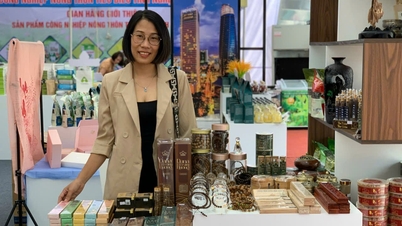

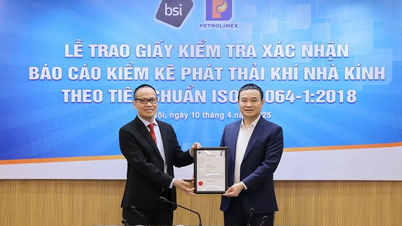







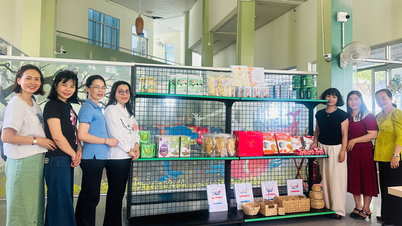



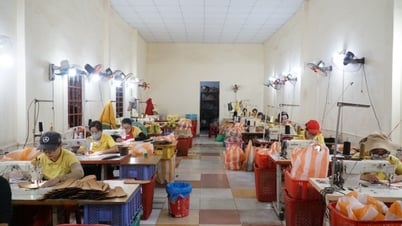




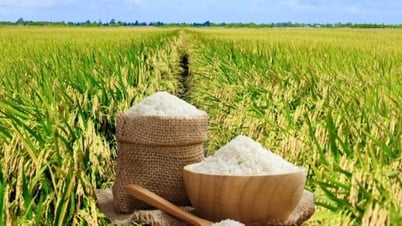


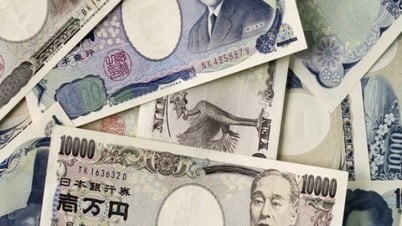
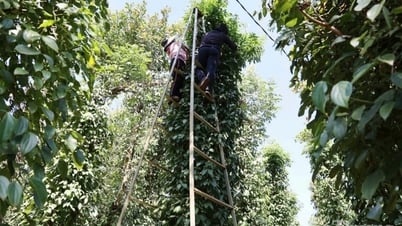
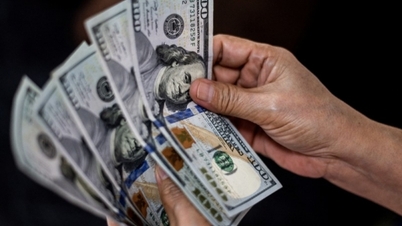
![[Photo] Readers line up to visit the photo exhibition and receive a special publication commemorating the 135th birthday of President Ho Chi Minh at Nhan Dan Newspaper](https://vphoto.vietnam.vn/thumb/1200x675/vietnam/resource/IMAGE/2025/5/17/85b3197fc6bd43e6a9ee4db15101005b)





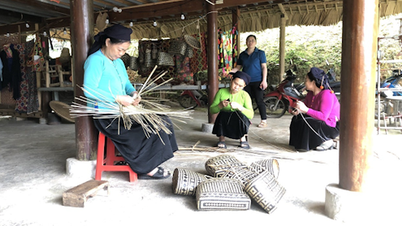












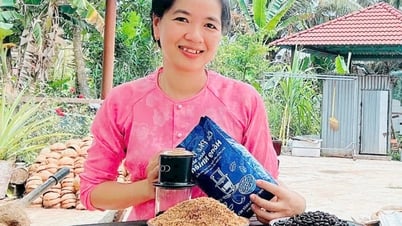








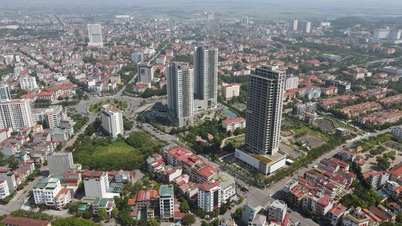







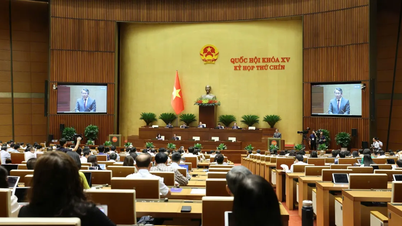




























Comment (0)